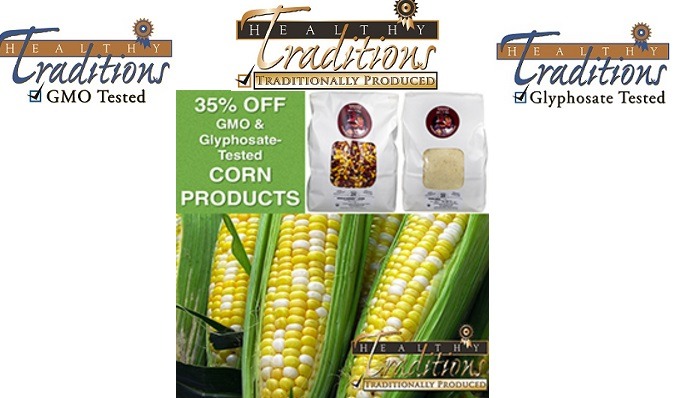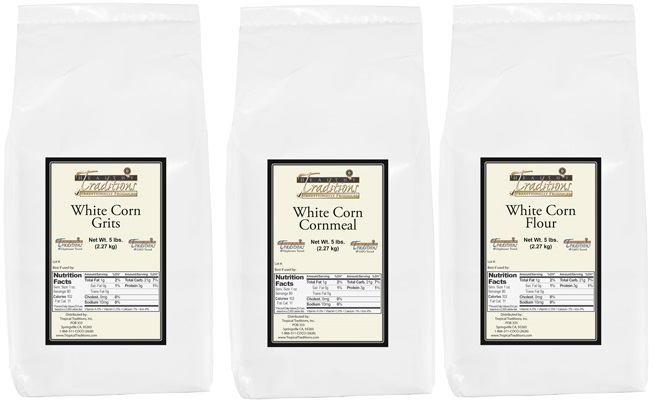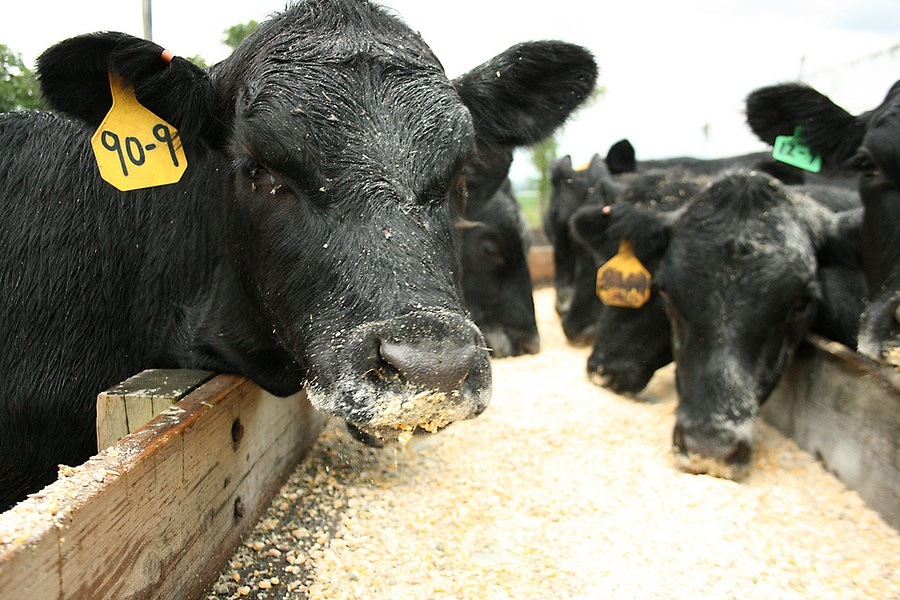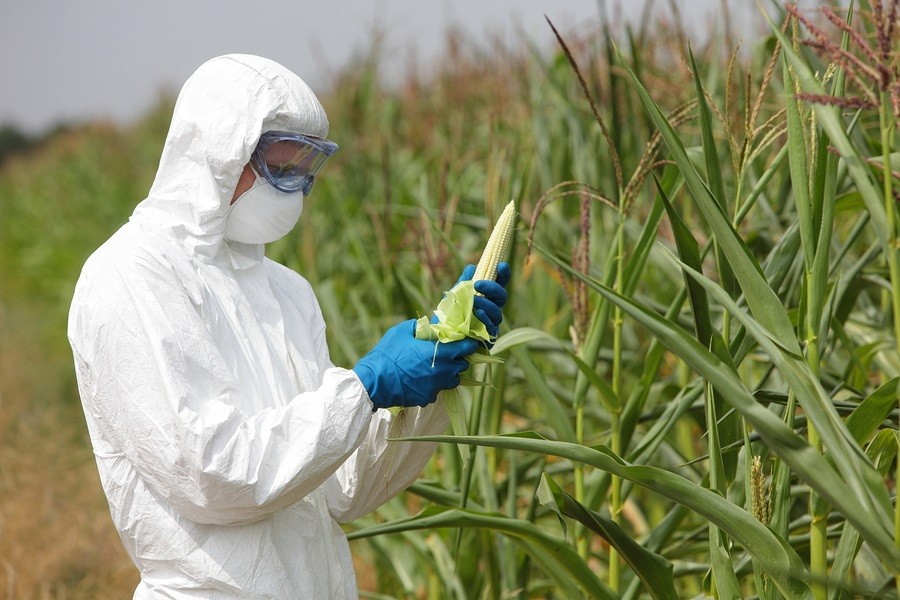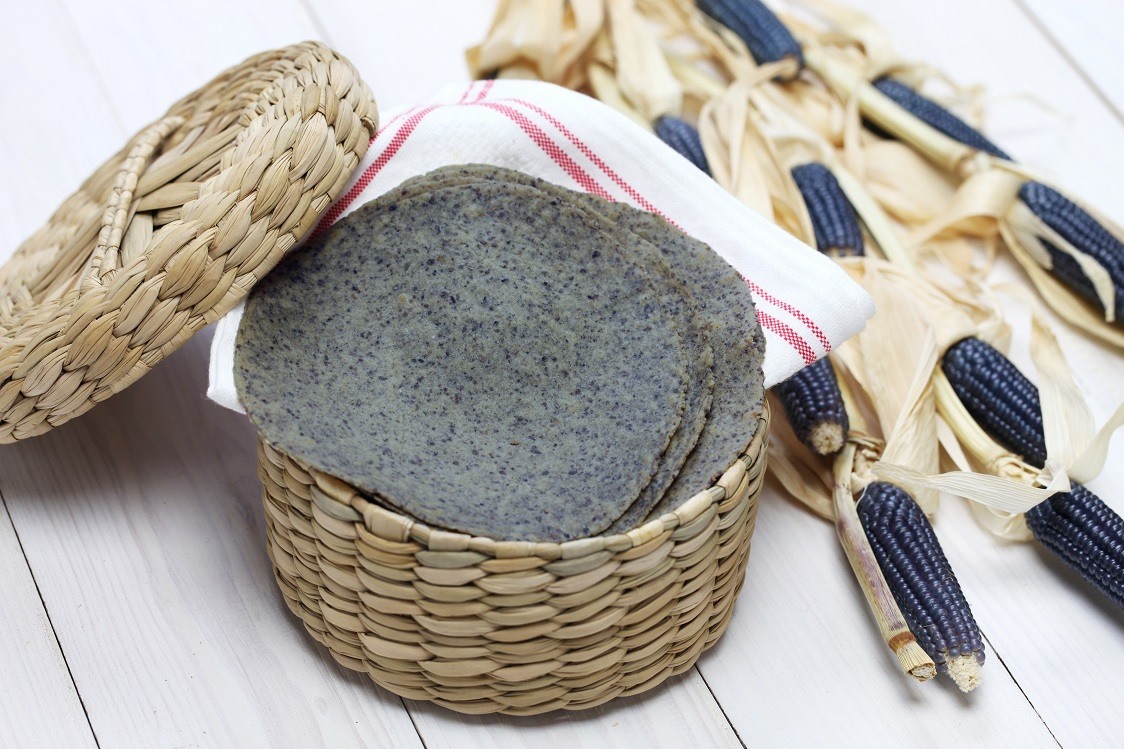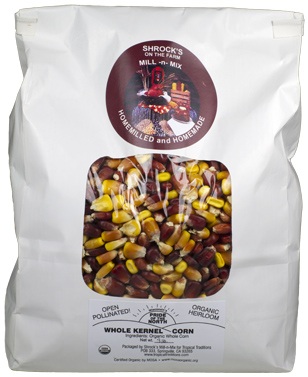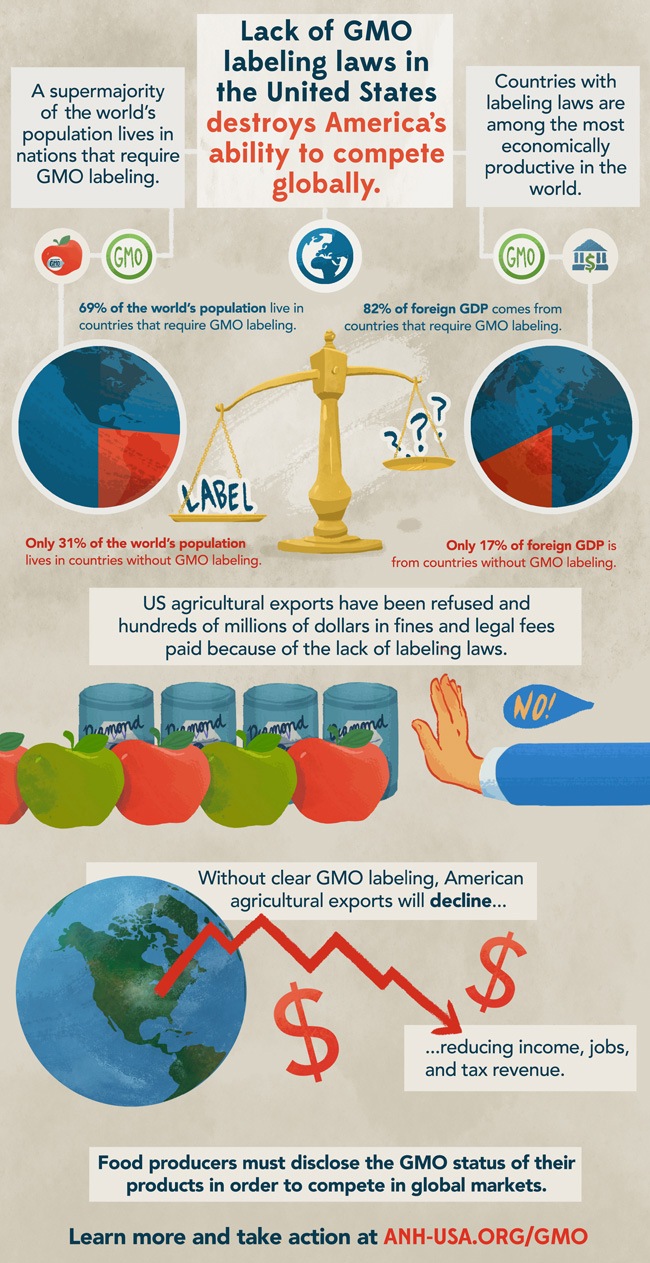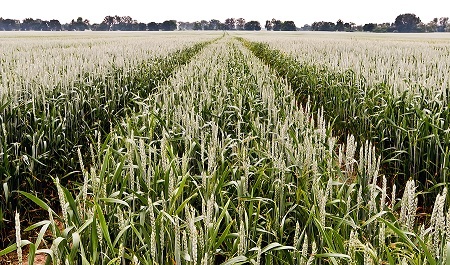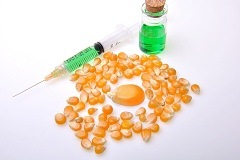For the first time in over a year, Tropical Traditions is selling corn again.
For the past few years, Tropical Traditions offered an open-pollinated organic heirloom corn and corn meal to its customers, grown by small-scale family farmers in Wisconsin. However, in the Fall of 2013, they found out that this corn had become contaminated with GMO DNA, and they were no longer able to offer it to their customers. Tropical Traditions has a ZERO tolerance level for the presence of GMOs and the herbicide glyphosate in their products.
After much searching, the farmers in Wisconsin were able to purchase some seed corn for the 2014 crop that was open pollinated, and had tested to be free from GMO contamination. Knowing how far the wind can blow pollen from corn field to corn field, the farmers determined that simply shielding their corn from neighboring farms was not sufficient protection. Therefore, they calculated the time frame where they knew their neighbors' corn would be pollinating, based on when it was planted, and then planted their open pollinated GMO-tested corn at a later date, so that it would pollinate after the surrounding farms' cornfields were finished pollinating.
In the Fall of 2014, this corn tested to be free of both GMOs and the herbicide glyphosate. It is now offered to the public, shipped direct from the farm as either whole kernel, or stone ground fresh into a corn meal.





